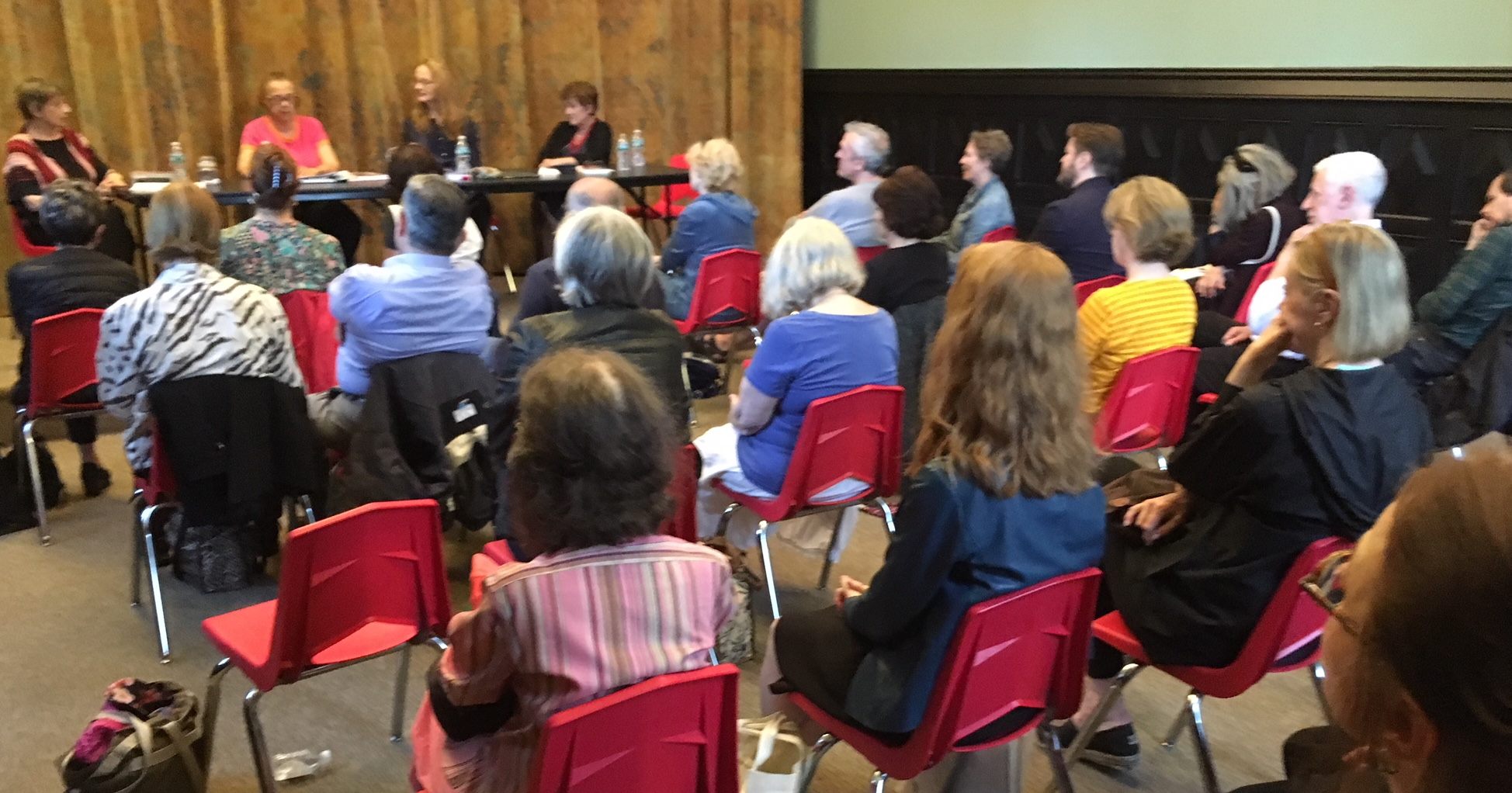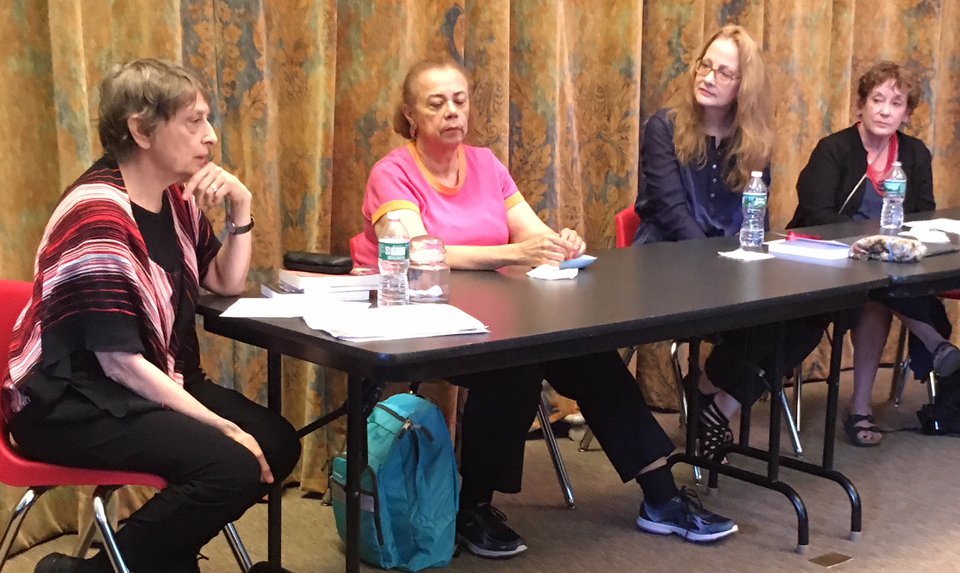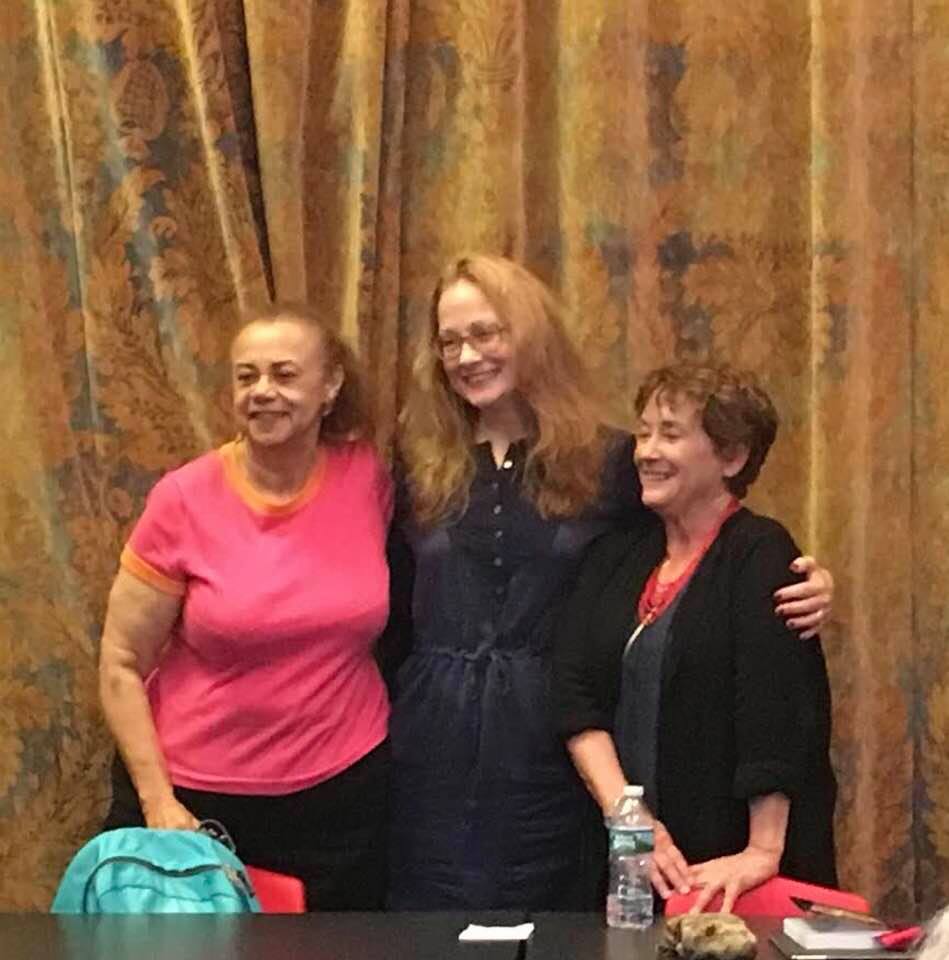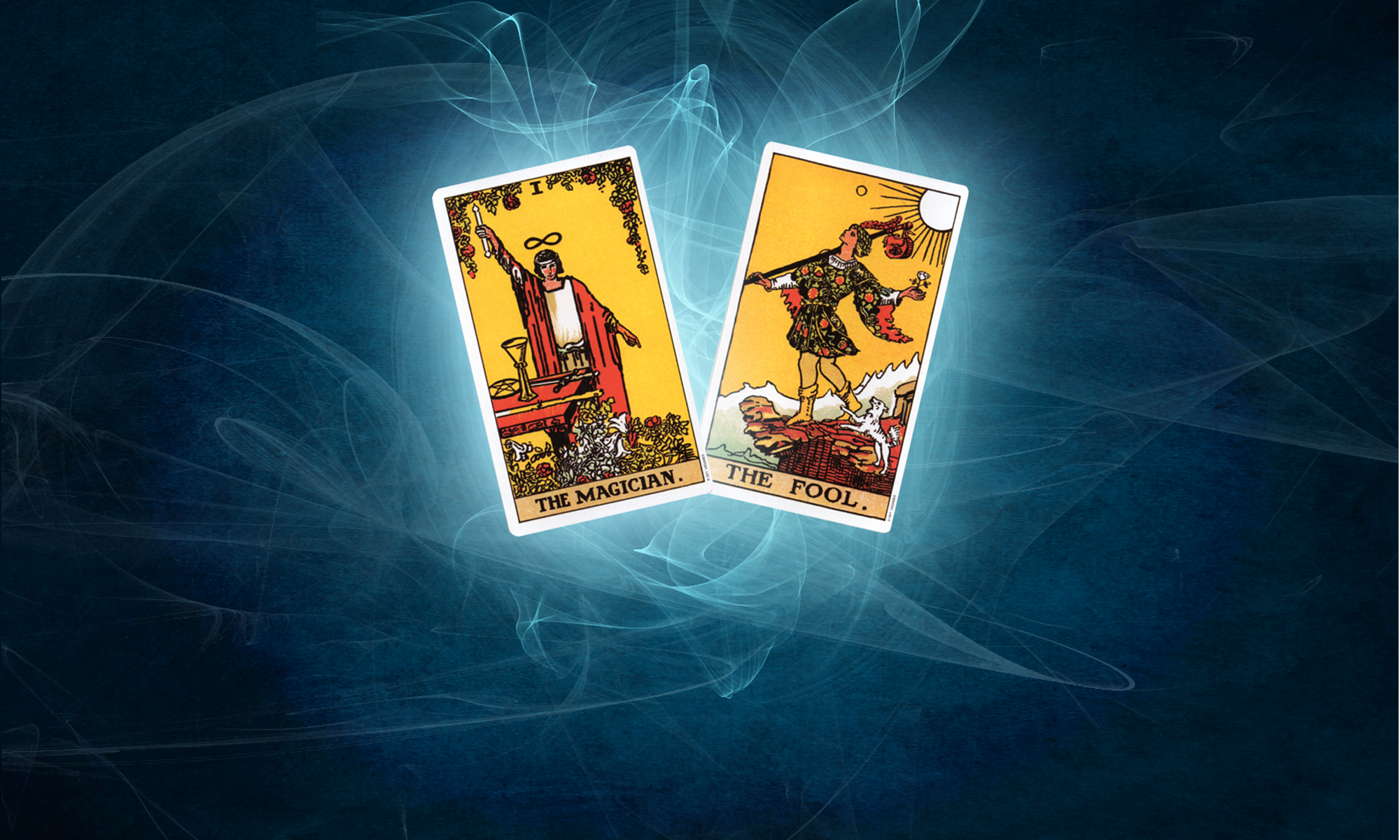 Loretta Goldberg, Linda Trice, Susan Wands
Loretta Goldberg, Linda Trice, Susan Wands
When Loretta Goldberg from the NYC Chapter of the Historical Novel Society invited me to be part of a panel celebrating unusual protagonists, ‘Pushing Boundaries’, I leapt at the chance. I would be on a panel with authors, Linda Trice and Jeanne Mackin. Linda Trice, author of Charles Drew: Pioneer of Blood Plasma, and Jeanne Mackin, author of The Beautiful American, Dreams of Empire and The Queen’s War, and I would be discussing be discussing our latest published books. Linda’s protagonist, Charles Drew, was an African-American doctor who developed a method of preserving blood and Jeanne’s recent book, The Beautiful American, revolves around Lee Miller, the muse for Man Ray and photographer post WWII. Pamela Colman Smith, the protagonist for Magician and Fool, would be my area of expertise.
Writing can be a lonely business, and with historical fiction there are worlds to cross-reference and incorporate before you ask anyone to read even a rough draft. Researching the unusual lives you fall love with can be inspiring, maddening and illuminating. Then comes the challenge of trying to siphon this distilled knowledge and perspective into a compelling narrative. So, to be on a panel with two other authors who have walked the walk getting their stories published was tremendously gratifying.
The NYC Chapter meets in the Jefferson Market Library, a space rife with the ambiance of historical events. When the Jefferson Market was a courthouse, Mae West was hauled in on obscenity charges when her Broadway play Sex was the aim of the Society for the Suppression of Vice. Next door, was the Women’s House of Detention, where women were detained on charges ranging from prostitution to protesting the Triangle Shirtwaist Company. The spirit of unusual women who pushed boundaries definitely resounded in the Willa Cather room, in what is now known as the Jefferson Market Library. The audience, which was standing room only, (meaning stacked chairs had to be continuously unloaded in the Willa Cather room); and it was a wonderful mix of friends and new acquaintances.
 Willa Cather Room at the Jefferson Market Library, NYC
Willa Cather Room at the Jefferson Market Library, NYC
We each had a short amount of time to introduce our subjects and then Loretta opened up to the floor to questions and answers. The inquiries and interactions ranged from where certain tarot cards in Pamela’s deck came from to where Jeanne Mackin’s photographs of Lee Miller originated and how Linda Trice researched Charles Drew’s story. A few questions centering on the perspective of historical fiction were raised: how do you invent dialogue for someone who actually lived? what perspectives of history are held to when telling one person’s story? Does historical fiction rewrite history? These questions always invigorate me, as I came to love and want to learn more about history from historical fiction. If you spend enough time with your protagonists, they become almost like family in your mind, so being asked questions about them, for me, generates the same feeling of someone wanting to see photos of your children or your pets.
Which brings up the unusual aspects of Pamela, my protagonist, who continues to push boundaries. She was a prolific artist, an activist and unsung contributor to the tarot world. Only recently have Pamela’s contributions begun to be acknowledged, there are several biographies of her coming out in 2018 alone. And because so little was known about her, researching her life, in collaboration with others who are equally obsessed with her life story, has been a joint thriller in assembling the pieces. Because my take on Pamela embraces her psychic abilities, some of the proceedings in my historical fiction take on the added genre of fantasy, although I have adhered to the facts known about her place of birth, heritage and work experiences. It is always thrilling to find yet another person who interacted with her, whether it is a Catholic priest or doctor opening up a sanitarium. The characters in Magician and Fool all convened when the worlds of science and occult mixed, this age of discovery from Pre WWI to the end of WWII. Listening to Jeanne talk about the photographs of Lee Miller which inspired her and Linda Trice discuss the discoveries of Charles Drew revealed the same excitement as when I find a new piece of artwork by Pamela.
 Loretta Goldberg, Linda Trice, Susan Wands, Jeanne Mackin
Loretta Goldberg, Linda Trice, Susan Wands, Jeanne Mackin
And as Pamela’s life story takes on more light, I cherish these untold stories of people who were not necessarily celebrated or acknowledged in their lifetime. The lesson continues to be to continue to contribute, regardless of outcome. Pushing a boundary may not be pleasant, immediately rewarding or satisfying, but it is necessary, a compulsion. The voices of the offbeat, the artist coloring outside the lines, living the unconventional life inspires others to test the waters. The waters may not always be smooth, or even warm, but they are vast.

Linda Trice, Susan Wands, Jeanne Mackin
